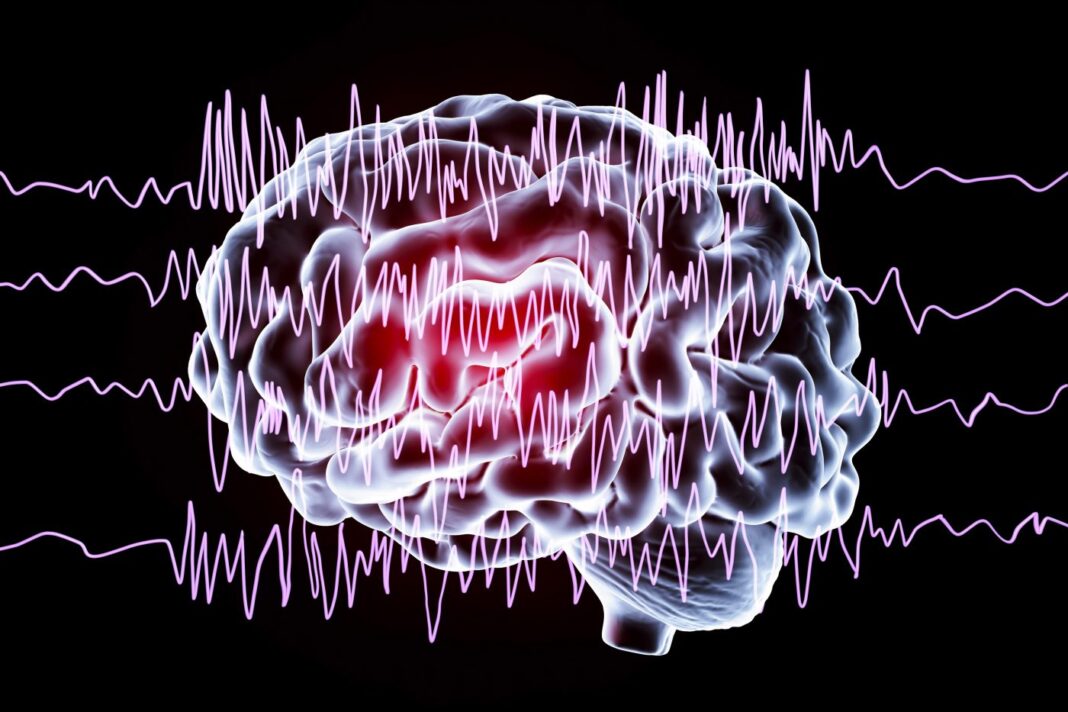Scientists say they have identified a critical new step in how brain cells function in people with one of the most common forms of epilepsy. This could lead to new treatment approaches for people with drug-resistant epilepsy, adds the team, which published its study “Polyadenylation of mRNA as a novel regulatory mechanism of gene expression in temporal lobe epilepsy” in Brain.
Changes in gene activity are known to be important in the development of epilepsy. Normally, messenger RNA is produced when a gene is active and becomes the template for the production of the proteins that brain cells use to function. A critical step is the addition of a poly(A) tail. This has never been studied before in epilepsy, according to the researchers.
The team discovered that this tailing process (polyadenylation) is dramatically altered for about one third of the genes of someone with epilepsy, changing protein production in the brain.
“Temporal lobe epilepsy is the most common and refractory form of epilepsy in adults. Gene expression within affected structures such as the hippocampus displays extensive dysregulation and is implicated as a central pathomechanism. Post-transcriptional mechanisms are increasingly recognized as determinants of the gene expression landscape, but key mechanisms remain unexplored,” write the investigators.
“Here we show, for first time, that cytoplasmic mRNA polyadenylation, one of the post-transcriptional mechanisms regulating gene expression, undergoes widespread reorganization in temporal lobe epilepsy. In the hippocampus of mice subjected to status epilepticus and epilepsy, we report >25% of the transcriptome displays changes in their poly(A) tail length, with deadenylation disproportionately affecting genes previously associated with epilepsy. Suggesting cytoplasmic polyadenylation element binding proteins (CPEBs) being one of the main contributors to mRNA polyadenylation changes, transcripts targeted by CPEBs were particularly enriched among the gene pool undergoing poly(A) tail alterations during epilepsy.”
“Transcripts bound by CPEB4 were over-represented among transcripts with poly(A) tail alterations and epilepsy-related genes and CPEB4 expression was found to be increased in mouse models of seizures and resected hippocampi from patients with drug-refractory temporal lobe epilepsy. Finally, supporting an adaptive function for CPEB4, deletion of Cpeb4 exacerbated seizure severity and neurodegeneration during status epilepticus and the development of epilepsy in mice.
“Together, these findings reveal an additional layer of gene expression regulation during epilepsy and point to novel targets for seizure control and disease-modification in epilepsy.”
“Our discovery adds another piece to the puzzle to help us understand why gene activity is different in someone with epilepsy,” said Tobias Engel, PhD, FutureNeuro Investigator and senior lecturer in the School of Physiology and Medical Physics at the Royal College of Surgeons (RCSI) in Dublin, Ireland.
“It is remarkable that so many active genes in the brain show a change in this polyadenylation process. We believe that this could ultimately lead us to new targeted treatments, allowing us to investigate if we could stop a person from developing epilepsy.”
Epilepsy is one of the most common chronic brain diseases, affecting over 65 million people worldwide. While current drug treatments are usually effective in suppressing seizures, they do not work in one third of people with epilepsy and have no effect on the underlying causes of the disease.
“Regulated poly(A) tailing of messenger RNAs is a step in gene expression regulation barely explored in brain diseases, and our study should foster its investigation in other brain conditions in which gene expression alteration is suspected,” said José Lucas, PhD, research professor at Severo Ochoa-Centre for Molecular Biology of Madrid.
Researchers at FutureNeuro, the Science Foundation Ireland (SFI) Research Centre for Chronic and Rare Neurological Diseases, hosted by RCSI University of Medicine and Health Sciences, carried out the study with colleagues at Severo Ochoa-Centre for Molecular Biology (CBMSO) of Madrid and Institute for Research in Biomedicine (IRB) of Barcelona.



